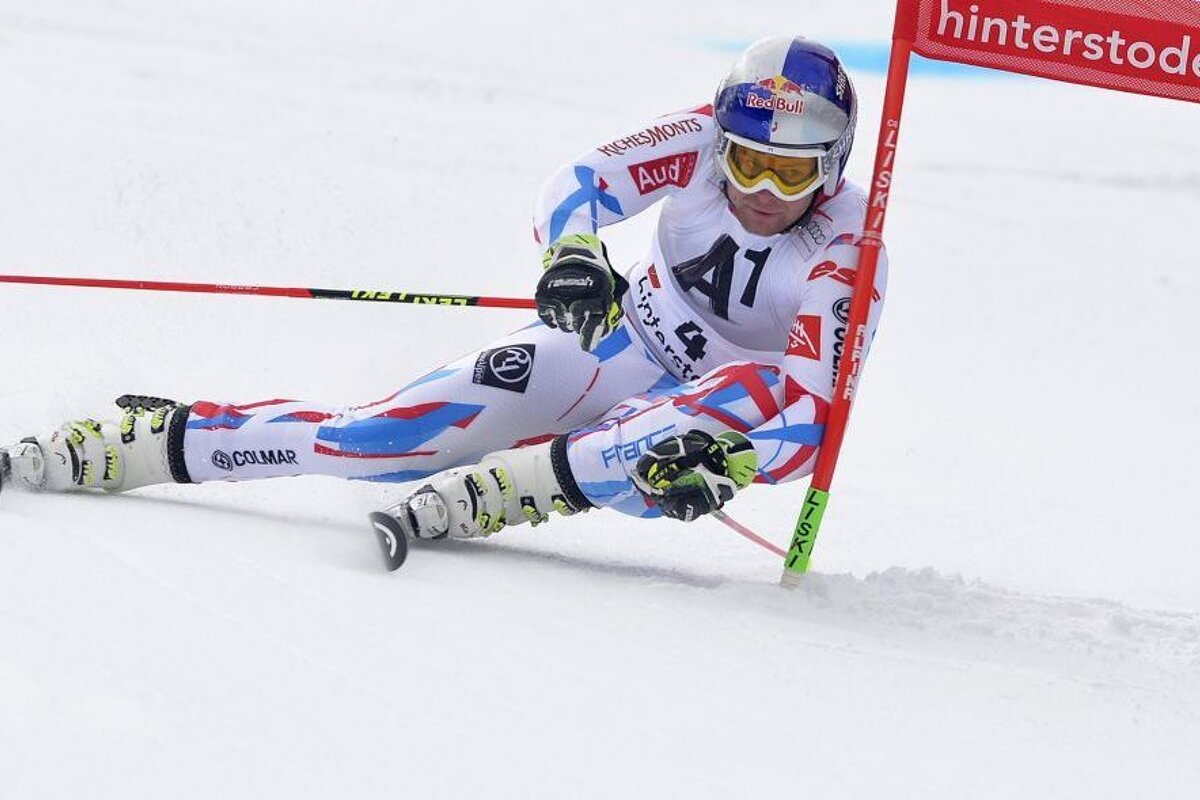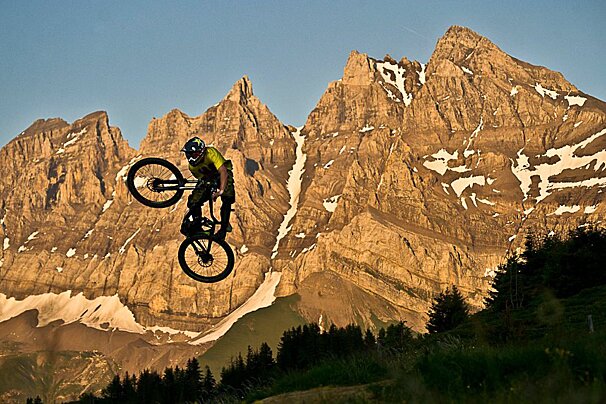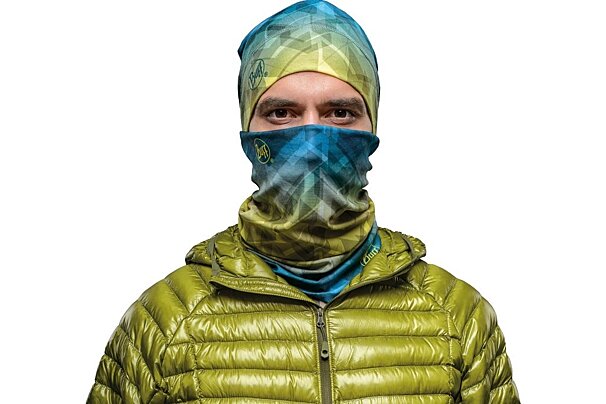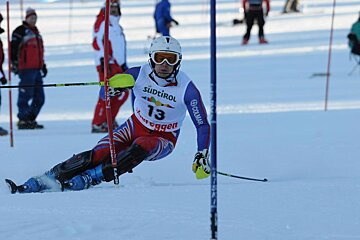
© D.Ryding

© celebsla

© salzburg

© eurosport
Ski Racing World Cup 2016-17
Round up of the season so far & ski racing fact file
We are just over a month into the 2016/17 World Cup season, although there have only been a handful of races to date. The European side of the circuit has been running to schedule with good snow conditions, but the North American events have suffered from a lack of snow, with men’s races being cancelled at Beaver Creek and Lake Louise.
Val D’Isere will hold replacement races for the three Beaver Creek races this weekend, before the traditional Criterium de la Premier Neige races the following weekend. The women’s circuit has fared better across the pond with Killington hosting the first US races of the season last weekend and Lake Louise being given the go-ahead to run the women’s downhill and super-G next weekend.
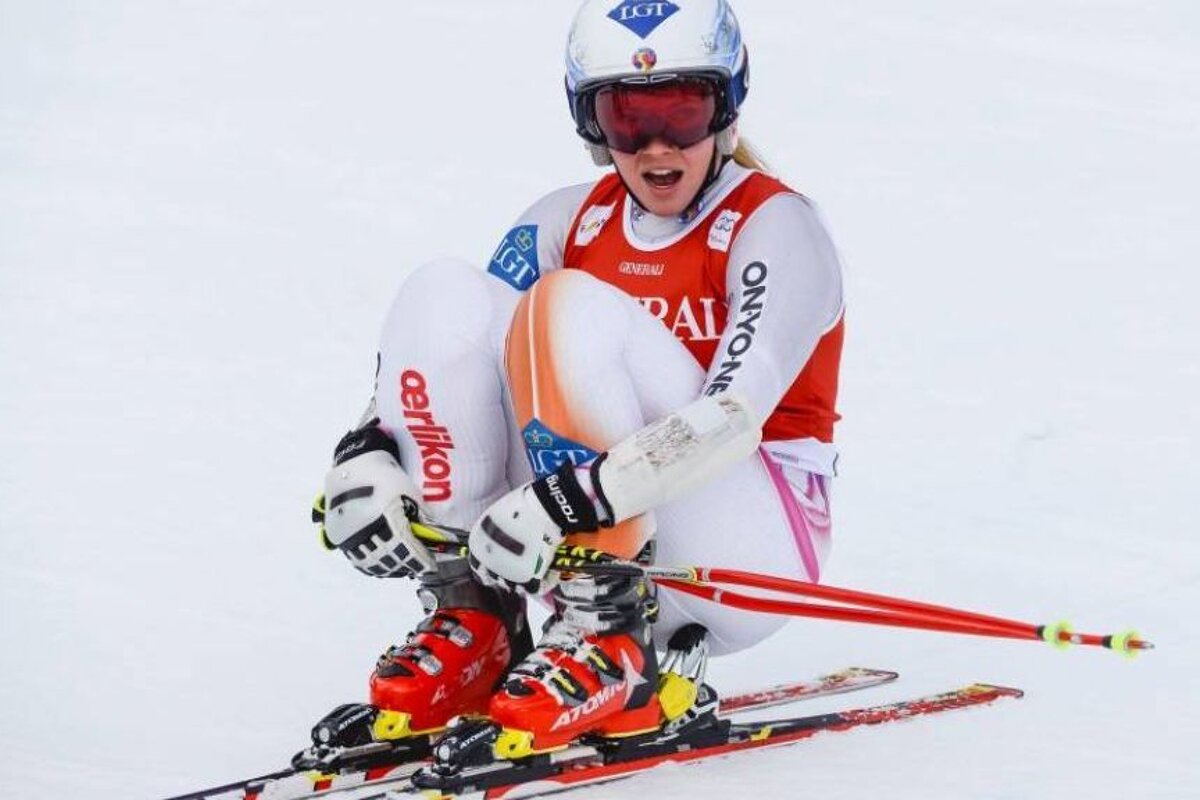
The season kicked off in October with two days of GS in Sölden, Austria. The women skied first on Saturday 22nd. Last year’s overall champion, Lara Gut (Switzerland) had a great start to her winter finishing 1.44 seconds ahead of the American Mikaela Shiffrin to claim first place. The Italian Marta Bassong came in third, gaining her first World Cup podium. The men’s circuit started on the Sunday with Frenchman Alexis Pinterault winning both runs to win overall by 0.7 seconds. Marcel Hirscher of Austria, last year’s GS and overall champion, came second with Felix Neureuther of Germany in third place. Ted Ligety (US), coming back from an ACL injury, came in fifth.
The first slalom events of the season were held in Levi, Finland, on 12th and 13th November. Mikaela Shiffrin won her tenth consecutive slalom, (not counting the races she missed through injury last winter) so might be back on track to repeat her success of 2014 and 2015. Switzerland’s Wendy Holdener and Slovakia’s Petra Vlhova took second and third place respectively. The men’s race the following day was won by Marcel Hirscher followed by another Austrian, Michael Matt and the Italian Manfredd Moelgg. Great Britain’s Dave Ryding finished in sixth place – a career best and the best result for a British skier since Alain Baxter’s fourth place in Åre back in 2001.

Killington hosted two days of women’s technical events the following weekend, while the men had the weekend off due to the Lake Louise cancelation. 2013 Champion Tessa Worley of France won Saturday’s GS – her first podium since tearing her ACL at the start of the 2014 season. Norway’s Nina Loeseth finished second and Sofia Goggia of Italy gained her first podium with third place. Mikaela Shiffrin placed first again in Sunday’s slalom in front of a home crowd. Slovakia’s Veronika Velez Zuzulova came second Wendy Holdener picked up third. Britain’s Alexandra Tilley deserves a mention, finishing 21st in the GS before crashing out of a storming first run in the slalom – one to watch for the future.
Unfortunately a few athletes have already missed races through injury. Eva-Maria Braum, last year’s GS champion and Austria’s sportswoman of the year is out for the season, following a lower leg fracture in training. A few days later, Lindsey Vonn broke her arm whilst training in Colorado, so her bid to break Ingemar Stenmark’s record for the most World Cup wins ever is on hold for the moment.
With the speed races due to finally start this weekend the World Cup will be fully under way. Meanwhile, in the technical events, Marcel Hirscher and Mikaela Shiffrin look like the names to watch out for. And for British ski racing fans, keep a close eye on Dave Ryding.
Fact file – Alpine Ski Racing Events
If you are new to following ski racing it can take a while to get used to all the different types of races on the calendar.
All the events involve skiing down a course set with flexible red and blue poles. These are known as gates, and are normally set in pairs. A skier must pass through all the gates to complete the course, and the fastest skier wins. There are no time penalties – a skier who fails to pass through all the gates correctly is disqualified. There are four disciplines, divided into technical and speed, with the main difference being how far apart the gates are set.
The main events you need to know about are as follows:
Slalom
The most technical discipline. Slalom races have the tightest, quickest turns and the shortest, most agile skis. The gates are made of two single poles without flags, with 6-13 metres between successive gates. Slalom skiers wear a lot of protection and are expected to hit the gates with hands or shins.
GS – Giant Slalom
GS is the most accessible event for a recreational skier, but the hardest to master. The gates for GS and other events comprise two sets of double poles with flags, or panels. Speeds are faster, but this is still a technical event with the skier passing a gate every 1-2 seconds. Gates are at least ten metres apart and typically 20-30 metres.
Super G
Super G is classed as a speed event, with the gates being set further apart than GS giving higher speeds, but not as far apart as downhill. Gates must be at least 25 metres apart.
Downhill
This is the fastest of the four disciplines, raced on the longest, straightest skis over a course with the fewest gates. Gates are set where needed, with no rules on how far apart they are. Unlike the other three disciplines, gates do not have to alternate in colour but can be all red or all blue.
Combined/Super-combined
An event where a run of downhill or super-G is combined with a run of slalom. While most racers specialise in either speed or technical events, combined races favour the all-rounders.
Parallel GS, Parallel Slalom
In parallel events, skiers race each other head to head on parallel courses, rather than against the clock.
Where to watch races in France this winter
Val d'Isere: 2nd, 3rd, 4th, 10th, 11th, 16th, 17th & 18th December (including the races that would have been held in Beaver Creek).
Courchevel: 20th December 2016
Or take a look at the full FIS season calendar to see all the venues and events across Europe and further afield.
Ian will be sending in updates all season on the World Cup races. You can read more articles from him on his website.




